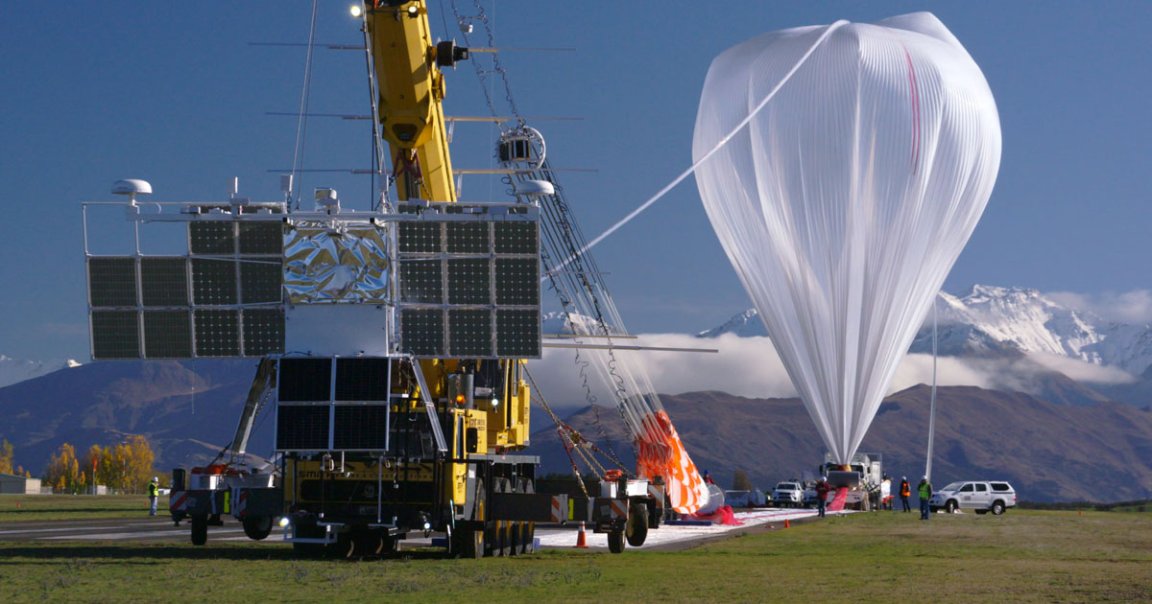
Pop Star
One of NASA’s gigantic science balloons developed a leak a mere day and a half into its flight, causing it to plummet into the Pacific Ocean, not far from the New Zealand coast.
While teams on the ground attempted to counteract the leak by dropping ballast to maintain the balloon’s altitude, the balloon was unable to keep itself airborne, according to a NASA statement.
The massive “super pressure” balloon was carrying a two-ton payload called the Extreme Universe Space Observatory 2 (EUSO-2), which was meant to detect ultra-high energy cosmic ray particles entering the atmosphere and help scientists figure out their origins.
It’s an unfortunate and very quick end to an ambitious mission. NASA has yet to investigate the cause of what it’s calling an “anomaly” — though, logically speaking, the thing probably just popped.
Sinking Feeling
Recovering the payload may prove quite tricky.
To minimize the effects on marine life, NASA designed the balloon to use its heavy payload that’ll drag it “to the bottom of the ocean as quickly as possible,” according to the statement.
Super pressure balloons are designed to carry heavy cargo by having a positive internal pressure, which keeps them stable at high altitudes without having to drop ballast. That’s in contrast to conventional scientific balloons, which make use of warm and cool air currents and drop ballast to maintain altitude.
The crashed balloon is the second of its kind to have been launched by NASA. On April 16, the agency launched a different balloon, which has been “performing nominally” ever since, according to NASA, and has already “completed three revolutions about the Earth’s southern hemisphere flying at about 108,000 feet.”
Considering this latest balloon was meant to serve as a proof of concept for super pressure balloons, though, NASA clearly has some work cut out before it can make use of the technology more reliably.
More on balloons: Another Mysterious Balloon Sighted, This One Over Hawaii